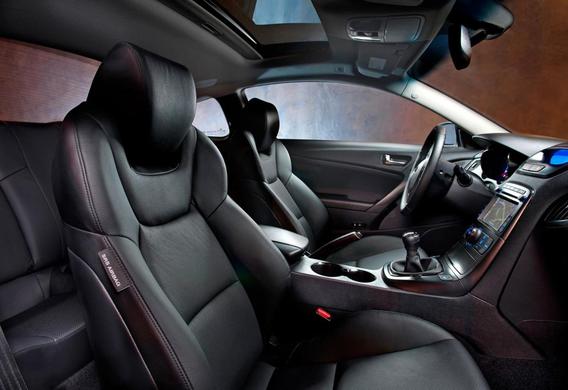
The parts of the saloon of most of the economic-class cars are made of rigid plastic, and after several years, and one year of operation in a number of places, creaks, distractions and irritant drivers appear in a number of places. As long as the car is in warranty, the repair of the violins in any part of the vehicle falls within its scope, but after the end of the obligation to take care of the silence in the salon will be necessary to the owner itself.
Specialized technical centres are being dealt with by the elimination of creaks, but all materials are available in the retail sale, so you can do a set of measures that will allow you to get rid of unwanted sounds in the cabin.
What are the extraneous sounds in the sheathing and how to get rid of them?
The screes appear in the places where plastic panels are in contact with each other, glass or metal sheets, made of doors, body panels, etc.
Unlike cars of Russian production, known for their tendency to create creaks, in cars of foreign production minimized creak is laid at the stage of development of the model, so everything that may not be in contact with each other, is not touched, and where this is avoided there are gaskets.
However, the violins in the vibration-vibration body cannot be completely avoided. Gradually under its influence, plastic clips and smores that hold door cards, front bezel and other elements of the plating, break the landing holes, and the details can move, in contact with adjacent plastic or metal parts, and form creaks.
Often they appear in the most important details, which have the greatest weight-in the door maps and the dashboard. The cars of the station wagon and the hatchback are more likely to produce creaks as large parts in their plating are larger, and the volume of internal space is also significant.
Frequently, users of these machines complain about the violin of the rear door and luggage racks. In the case of a baggage-shelf, everything is even easier-it is rather heavy and weak-written subject, subject to vibration.
Modes of vibration and necessary materials
As has been said, the struggle against the creaking overlaps with the noise and vibration, which is why the same materials are often used in the production of these operations.
A noise-absorbing material called "Bitoplast" is used to combat the creaking. It's a self-adhesive cushioning material of different thickness based on polyurethane foam. The polyurethane foam is black and has a sticky layer protected by an anti-adhesion seal.
In addition to "Betoplast", in the production of the works on the elimination of creaks, the "Model" is used-cloth with adhesive to be mounted.
The front panel of the vehicle is generally made up of several parts, two or three of which is the result of the occurrence of the violins. It needs to be understood and glued to all parts to start with "Model" to reduce the tendency to vibrate. Then the panel shall be collected and glued to the "Bytoplast" seams with the aim of directly reducing mobility and preventing the occurrence of creaks.
Particular attention should be given to the attachment of the hinged door parts to the cover of the original crate and the fuse box, the location of the clock, diffuser and other openings. The framework of modules like diffusion of ventilation is rivated on the back to ensure immobility.
The cards are also often the source of the creak. In order to prevent the metal of the doors, it is necessary to make sure that the metal doors touch only the crimped material of the part of the cards. These are the places where the boarding holes are located for plastic clips or self-cut, depending on the method of securing the panels. In general, the holes are located in the outer contours, so it will be sufficient to apply the fine lines "Models" along these lines, ensuring that the material is not visible from the outside after the assembly. The openings for self-cutting are also curved from the antioxidize material by mugs. If the door card is mounted by clips not passing through the plastic, and fastening from the inside, the mugs of "Models" need to be applied to the metal of the door in the places where the fastening holes of the clips are located.
The operation must be repeated for all other doors. It is also useful to reinforce the attachment of door-card cards to the lime-carts with a small length and a suitable color. For them, there is no visible place in any door (for example, peat or bottom). After the end of the cap, the self actuals need to be covered with plughs identical in colour to the door cards. The movable parts of the luggage rack mount must also be glued, and the hinges, often producing the creak, should lubricate the silicone grease.
Additional activities to ensure quiet in the salon
By restricting the manipulation of the door cards and the panel, it will not be possible to achieve silence at the salon. The screaps will disappear, but other extraneous sounds that you have not noticed before will come to the first plan. Therefore, as well as taking into account the volume of work on the salon, it is advisable to go even further and conjugate the struggle against the other useful activities: by gluing the anti-screepin place of the anchorage of the checkpoint or the ACPR's selector to the body; to update the sealers of the doors or to install additional, ideally, total noise and vibration of the passenger compartment.









